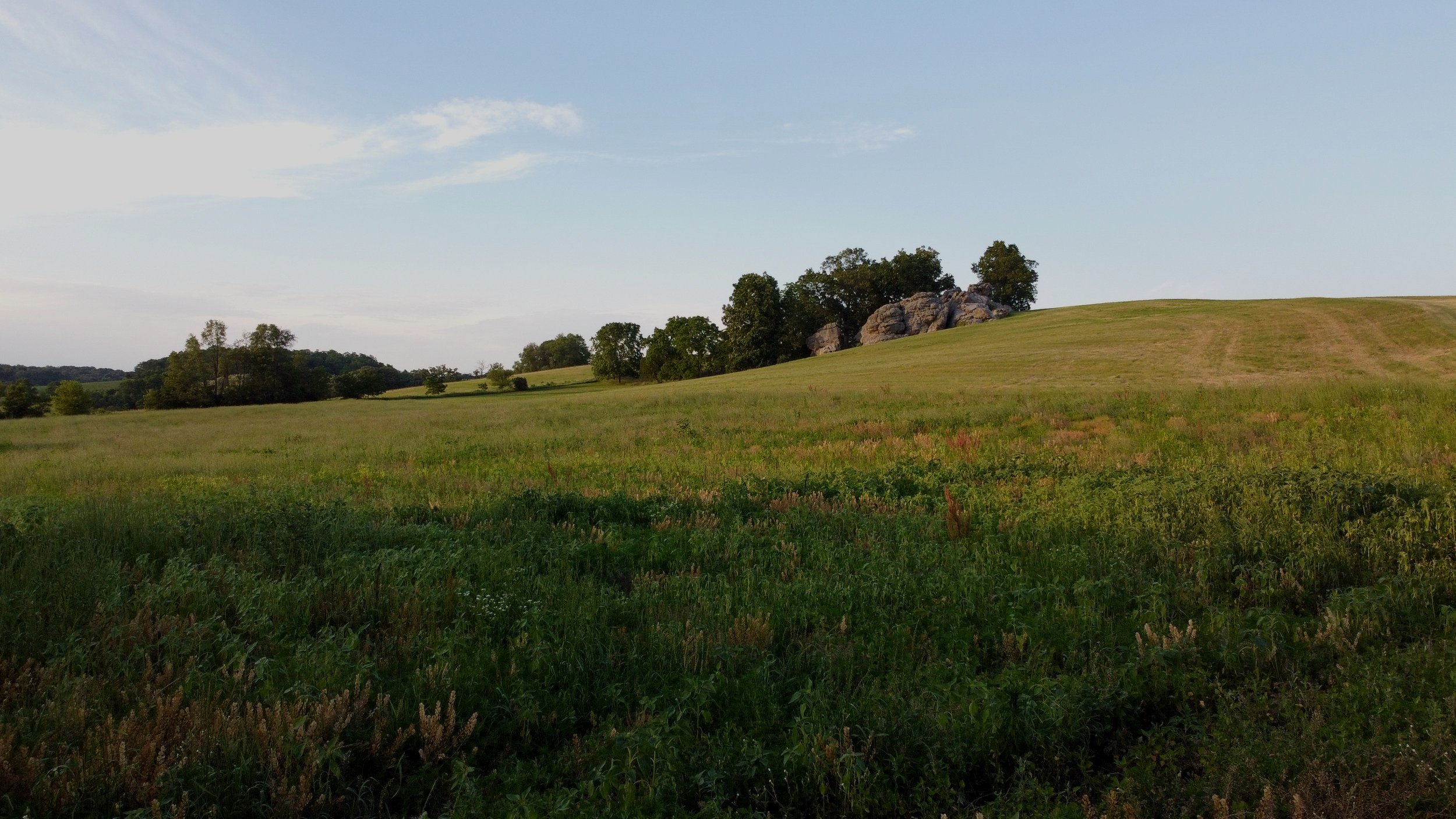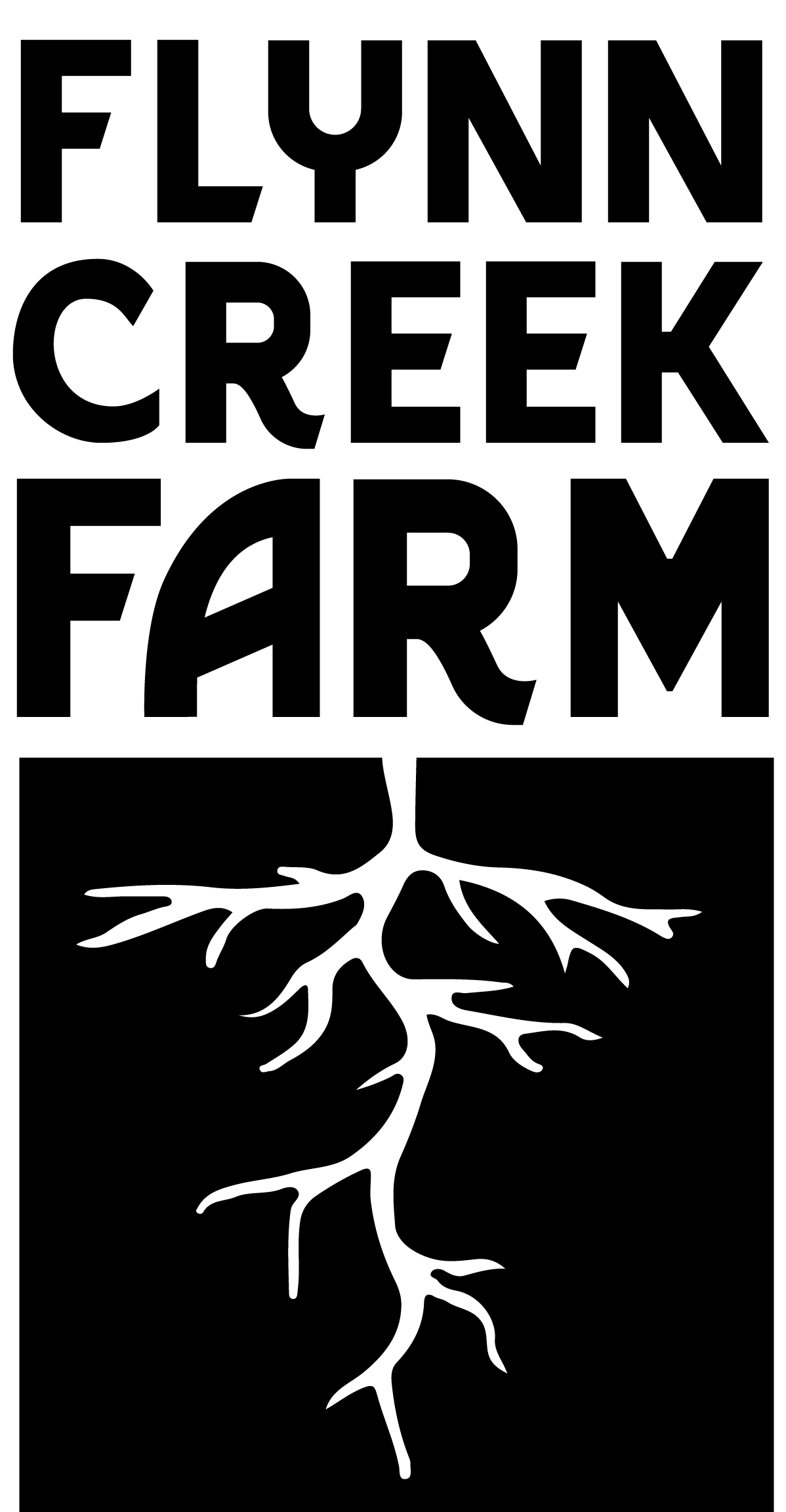
Land Acknowledgment
We respectfully acknowledge that the land upon which we gather is the traditional territory of the Indigenous peoples, including the Peoria, oθaakiiwaki‧hina‧ki (Sauk), Meškwahki·aša·hina (Fox), Očhéthi Šakówiŋ, Kiikaapoi (Kickapoo), Hoocąk (Ho-Chunk), and Myaamia peoples, who have stewarded this land for generations. We recognize their enduring connection to this land, waterways, and sky in honoring their past, present, and emerging elders. We humbly gather on this ancestral land, expressing deep reverence for their stewardship and extending heartfelt gratitude for the privilege of convening on this sacred ground.
The geological history of this region is marked by the profound impact of the last glaciation, which covered nearly half of the state of Wisconsin. As the glacier receded, it left a landscape shaped by rivers, waterways, and diverse soil substrates. The coarse sand and gravel deposits resulting from the glacial retreat formed distinct soil compositions.
Following the glaciation, the process of ecological regeneration was slow but resilient. Forests gradually reclaimed the land, with tree species migrating northward over millennia. This natural progression was influenced by the varied soil types, leading to the establishment of diverse ecosystems, including savannas and prairies.
Historically, controlled burns by Indigenous communities played a crucial role in maintaining the ecological balance of the region. These intentional fires and natural occurrences helped manage the landscape and foster biodiversity.
However, with European settlement came significant changes to the land. Prairies and savannas were converted into farmland, altering the natural environment. Yet, areas that remained untouched by plowing saw the continuation of forest growth, shaping the legacy of settlement patterns in the southern part of the state.
As we reflect on the history of this land, we commit to honoring its Indigenous heritage, preserving its ecological integrity, and fostering stewardship for future generations.
